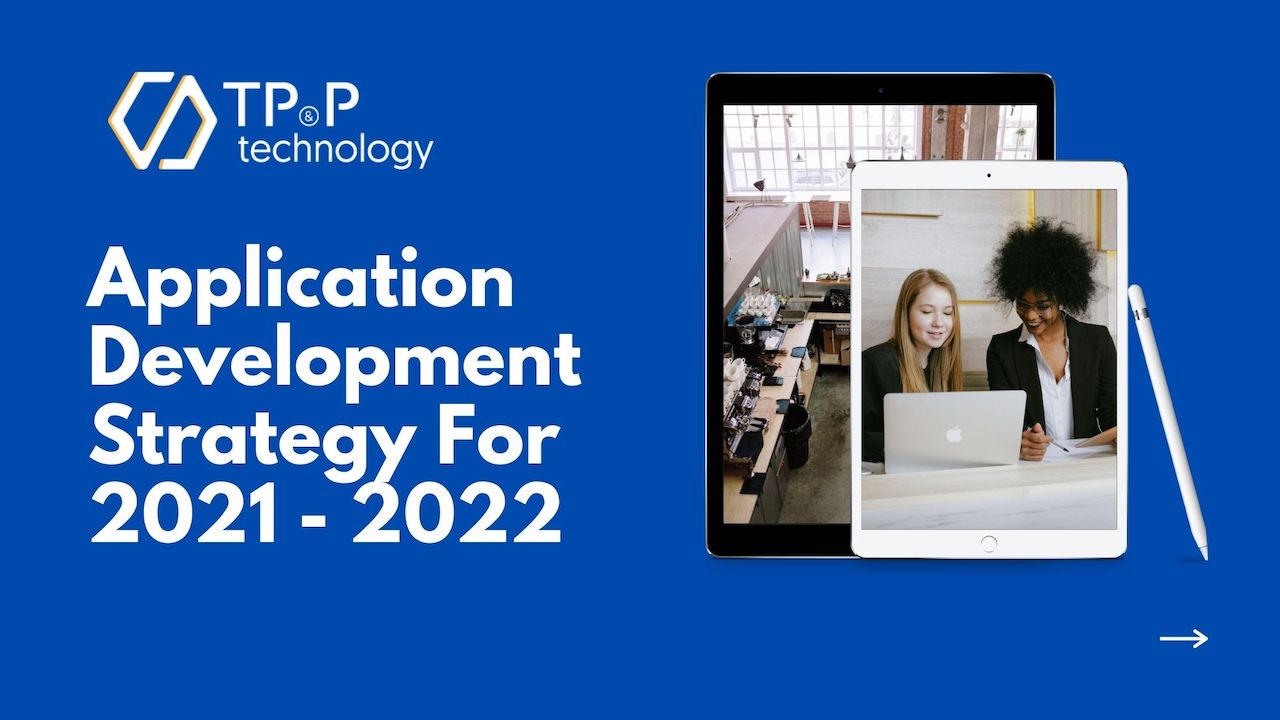
Application Development Strategy For 2021 - 2022
The business landscape is getting more competitive than ever, especially with the pressure of Growth and the Covid-19 pandemic. Companies need to improve operational efficiency and quickly adapt to changing business demands via software development and digital transformation.
Solid software applications development strategies, which involve technologies and methodologies for apps development, deployment, and management can help companies solve various business problems and stay as a market leader.
In this article, let’s find out the key factors that make up a modern application strategy.
Software development & process automation
Automation is being adopted by enterprises and businesses across industries to automate various rules-based and repetitive tasks, achieving better productivity of their workforce. When it comes to application development strategy, automation is an important factor that could help improve the development process from development and releasing, deployment, testing, management, and monitoring. A few commonly used tools and processes for automation include:
Test automation.
As the name implies, test automation leverages tools (instead of humans) to automate the various activities in the software testing life cycle, by standardization of test planning, design, and automation of test execution. This enables the achievement of high-quality applications, error-free releases, at the same time allows for faster development and keeping the test process cost-effective.
DevOps.
Read more about the benefits of DevOps.
The DevOps methodology and its practices, including continuous integration and continuous delivery (CI/CD), ensures that all and each developer’s commit to the source code will be tested, and there’s virtually no other way of accomplishing such a task quickly except for test automation.
DevOps allows for more frequent and reliable software releases through automated collaboration between development, testing, and production environments.
Cloud computing
Business is shifting to the cloud, and investing in cloud computing technology is among the top priorities for companies. Major cloud services providers continue to offer their prices at a very competitive rate for your software development projects.
Cloud services are billed using PAYG (pay as you go) method so you only have to pay for the resources consumed, allowing you to scale the capacity up (or down) as your project and business continue to grow.
Cloud computing benefits
In addition to the flexibilities in resources consumption and pricing, cloud computing can also provide a plethora of benefits, as follow:
- Optimize and minimize the in-house hardware resources needed to run, maintain, and support the company software systems and IT infrastructure.
- Better software development efforts.
- Speed up the time for software development, testing, and deployment.
- Cost and time-efficient when businesses update their software.
- Cloud resources can be allocated specifically according to the fluctuating demand by specific services or processes.
- Ability to automate many of the IT operations processes, enable the IT ops team to focus on other strategic and value-added initiatives.
Microservices
It is recommended that businesses opt for a Microservices approach when building their software applications and also consider modernizing the old legacy monolith applications to Microservices architectures.
Microservices architecture involves developing or re-building an application as a set of smaller independent services that are independent and more flexible to arrange and deploy, each meeting a specific business objective.
Benefits of Microservices
Microservices applications usually run in the cloud, which improves the flexibility for building and deploying applications. Companies can quickly achieve the possibility of introducing new functionalities for their software platform and allow integrations with external 3rd party apps. This means faster and more efficient service enhancements, which can help businesses react to changing demands faster and keep up with competition better.
How To Make Use of A Solid Application Strategy
All in all, having a robust Application Strategy can provide significant benefits to businesses, and the fact is the benefits will only grow every year because, day by day, new technologies will emerge and become more mature. 
Successful software development requires experience, up-to-date expertise, and specific skills and approaches.
If you want to maximize the benefits of software applications developments, you may consider partnering with a reputable software development outsourcing firm for help. So, if you don’t want to be left out of technology evolution, go on and contact us today.



